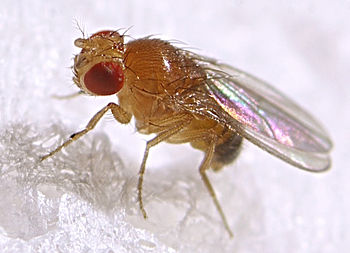Model organism: Difference between revisions
Jump to navigation
Jump to search

imported>Chris Day No edit summary |
imported>Chris Day m (Model species moved to Model organism: Moved_to_Model organism) |
(No difference)
| |
Revision as of 17:57, 27 September 2008
The concept of model species or model organism refers to biological species used in biomedicine research to exemplarily elucidate biological processes, especially at the molecular and cellular levels. It is widely studied, usually since it is easy to maintain and breed in a laboratory setting and has particular experimental advantages. They often have smaller genomes compared to their close relatives and recently many of them have been sequenced by genome projects. Some examples of model species include the bacterium Escherichia coli, the nematode worm Caenorhabditis elegans, the fruit fly Drosophila melanogaster, the zebra fish Danio rerio, the frog Xenopus laevis, the mouse Mus musculus and the flowering plant Arabidopsis thaliana.
